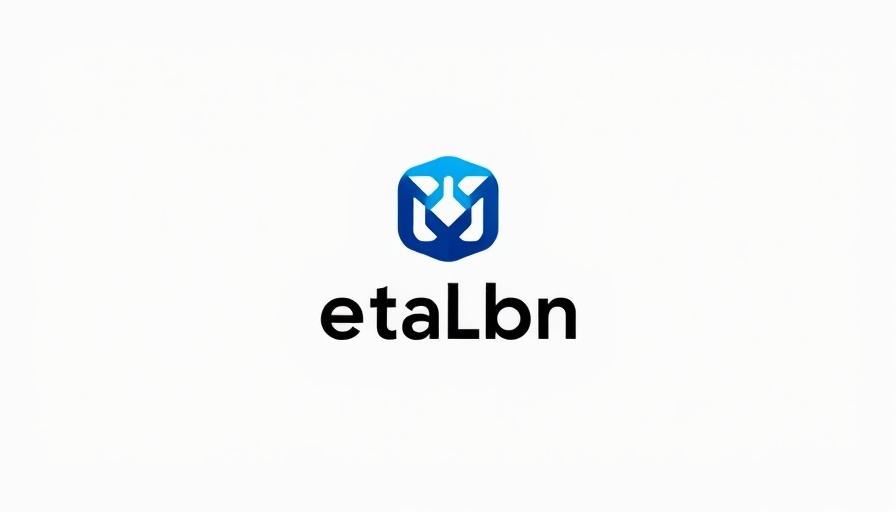
Understanding the Lessons from Toxic Relationships
Toxic relationships are challenging experiences that, while painful, reveal profound lessons about ourselves, growth, and resilience. Although departing from such relationships can feel insurmountable, they often serve as critical opportunities for personal development. This article explores eight significant life lessons distilled from the experience of navigating toxic dynamics, offering insights not only into human behavior but also strategies for growth applicable in various facets of our lives, including business.
1. Recognizing Self-Worth Amid Adversity
One of the most disturbing effects of a toxic relationship is the erosion of self-worth. However, identifying and reinforcing one’s worth can catalyze personal growth. Realizing that your worth is not contingent on another’s behavior is a powerful lesson. Just as business owners must platform their value in the market, individuals in toxic relationships learn that their value is inherent and unshakeable. This acknowledgment leads to better boundary-setting, necessary not just personally but professionally as well; when we comprehend our worth, we advocate for ourselves more effectively.
2. Cultivating Resilience: The Key to Growth
Toxic relationships often test our resilience, teaching us how to rebound after emotional duress. As the renowned icon Oprah Winfrey said, "Turn your wounds into wisdom." Resilience becomes even more vital in professional environments, where setbacks are common. The skills developed in facing personal adversity can translate into greater fortitude and adaptability in business. By embracing challenges and viewing them as growth opportunities, you cultivate a mindset primed for success.
3. The Importance of Setting Boundaries
Another significant lesson from toxic relationships is the necessity of establishing firm boundaries. Just as in business negotiations, understanding where to draw the line can protect not only your emotional well-being but also your professional integrity. This applies across client relationships and partnerships. Learning to say "no" and insisting on respect is essential for fostering healthier dynamics in all aspects of life.
4. The Role of Emotional Awareness
Navigating toxic relationships heightens emotional awareness. Individuals become more in tune with their feelings, learning to identify patterns in emotions that signify unhealthy dynamics. This emotional intelligence is critical for business leaders and owners; understanding your internal landscape can enhance communication and rapport with clients and colleagues alike. Emotional intelligence enables better decision-making and leadership practices.
5. The Ripple Effect on Mental Health
The degradation of mental health can be profound in toxic relationships. Studies indicate that individuals involved in such situations may experience a 50% rise in anxiety and depression symptoms. Recognizing the detrimental effects not only emphasizes the need for support systems but also the importance of cultivating a mentally healthy work environment. Implementing strategies for mental health in the workplace—such as promoting self-care and encouraging open communication—can enhance team morale and productivity.
6. Empowering Change Through Self-Reflection
Self-reflection is an invaluable tool for understanding and breaking cycles of toxicity. Just as businesses analyze performance metrics to drive improvement, individuals reflecting on their past relationship dynamics can pinpoint recurring patterns that hinder progress. This introspection fosters meaningful change, leading to healthier interactions both personally and professionally.
7. The Value of Support Networks
Engaging with support networks is crucial for navigating toxic relationships. Whether through friends, family, or professional resources, connecting with others helps reinforce personal resilience and growth. In a business context, fostering a strong network is equally vital, enabling entrepreneurs to share resources, advice, and encouragement. Developing a collaborative environment not only propels individual growth but also contributes to overall industry advancement.
8. Continuous Learning and Growth Mindset
Finally, embracing a continuous learning mindset is fundamental. The lessons gleaned from toxic relationships should serve as catalysts for ongoing growth, much like how businesses must evolve to accommodate market changes. By committing to lifelong learning, individuals can foster adaptability and resilience, preparing them to not only recognize potential toxic dynamics in the future but also navigate them with confidence.
In conclusion, while toxic relationships are often painful and challenging, they imbue us with valuable lessons that can be translated into professional settings. The journey of overcoming adversity is not just about survival; it's about thriving. For those whom these insights resonate with, consider seeking professional help to further explore these dynamics. Recognizing the need for support is an important step towards healing and empowerment. Together, we can embrace these lessons and regrow stronger and more self-aware.
 Add Row
Add Row  Add
Add 




Write A Comment